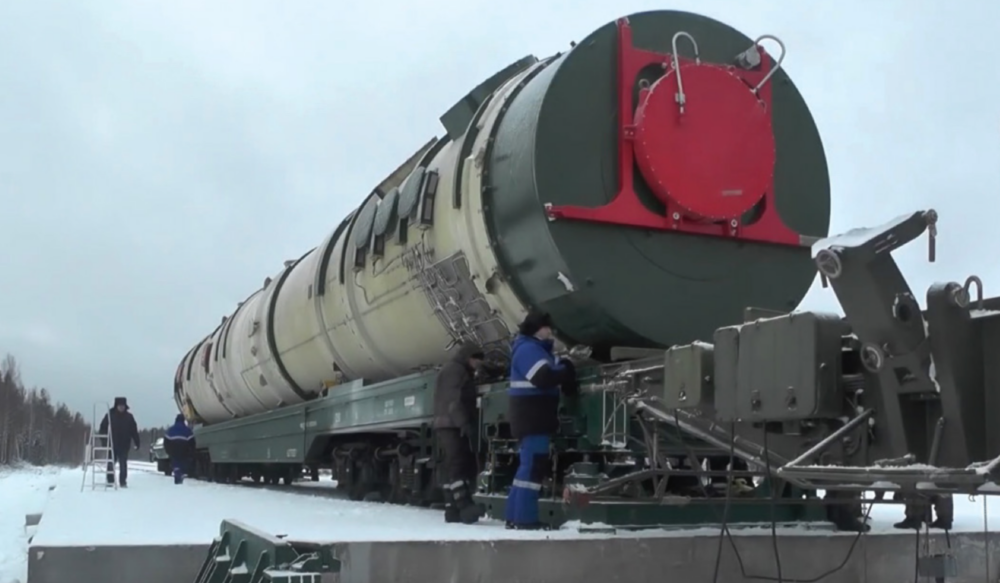
Mark Melamed
Deputy Vice President, Global Nuclear Policy Program
NTI has released the first detailed, exclusively open-source assessment of the five new nuclear weapon systems announced by Russian President Vladimir Putin in 2018 along with a new analysis underscoring the need to extend the New START Treaty based on the report’s findings. Authored by Jill Hruby, NTI’s inaugural Sam Nunn Distinguished Fellow and a former director of Sandia National Laboratories, the report, Russia’s New Nuclear Weapon Delivery Systems: An Open-Source Technical Review, provides insight into the technical characteristics, deployment schedule, provides insight into the technical characteristics, deployment schedule, and military objectives for each of the five systems, plus one additional system that may be nuclear capable in the future.
The accompanying analysis, Russia’s New Nuclear Weapon Delivery Systems: Implications for New START, Future Arms Control, and Strategic Stability, by NTI experts Mark Melamed and Lynn Rusten, draws on Hruby’s technical assessment. The paper concludes that “extending New START would ensure that significant new Russian systems would be subject to limits and verification and would provide a forum for discussing the other strategic systems that are further away in time from deployment.”
Since the United States withdrew from the Antiballistic Missile (ABM) Treaty in 2002, Russia has been working on advanced nuclear-weapon delivery systems that could evade evolving U.S. missile defenses. For years, the Russian efforts were kept largely under wraps, but in his 2018 Presidential Address to the Federal Assembly, Russian President Vladimir Putin began openly discussing the development of five new nuclear-weapon delivery systems. In his March 1 address that year, Putin spent about 45 minutes—a full 40 percent of the time—announcing the new nuclear-weapon delivery systems (and one additional laser system), complete with videos and graphics to emphasize that these new systems were state-of-the-art and near deployment-ready. In his 2019 address the following February, Putin announced another new weapon-delivery capability and provided an update on the status of the systems announced in 2018. In his addresses, Putin repeatedly stressed that these systems were designed to evade U.S.missile defenses being deployed globally at fixed sites and on mobile sea-based platforms.
Sign up for our newsletter to get the latest on nuclear and biological threats.
NTI explores the risks and benefits related to the digitization and automation plans for modernization of U.S. nuclear weapons systems and addresses implications for the national security community to consider as the process moves forward.
There is a critical need for a global diplomatic approach to address growing cyber risks, including, where possible, through cooperation between the United States and Russia.
“The bottom line is that the countries and areas with the greatest responsibility for protecting the world from a catastrophic act of nuclear terrorism are derelict in their duty,” the 2023 NTI Index reports.



